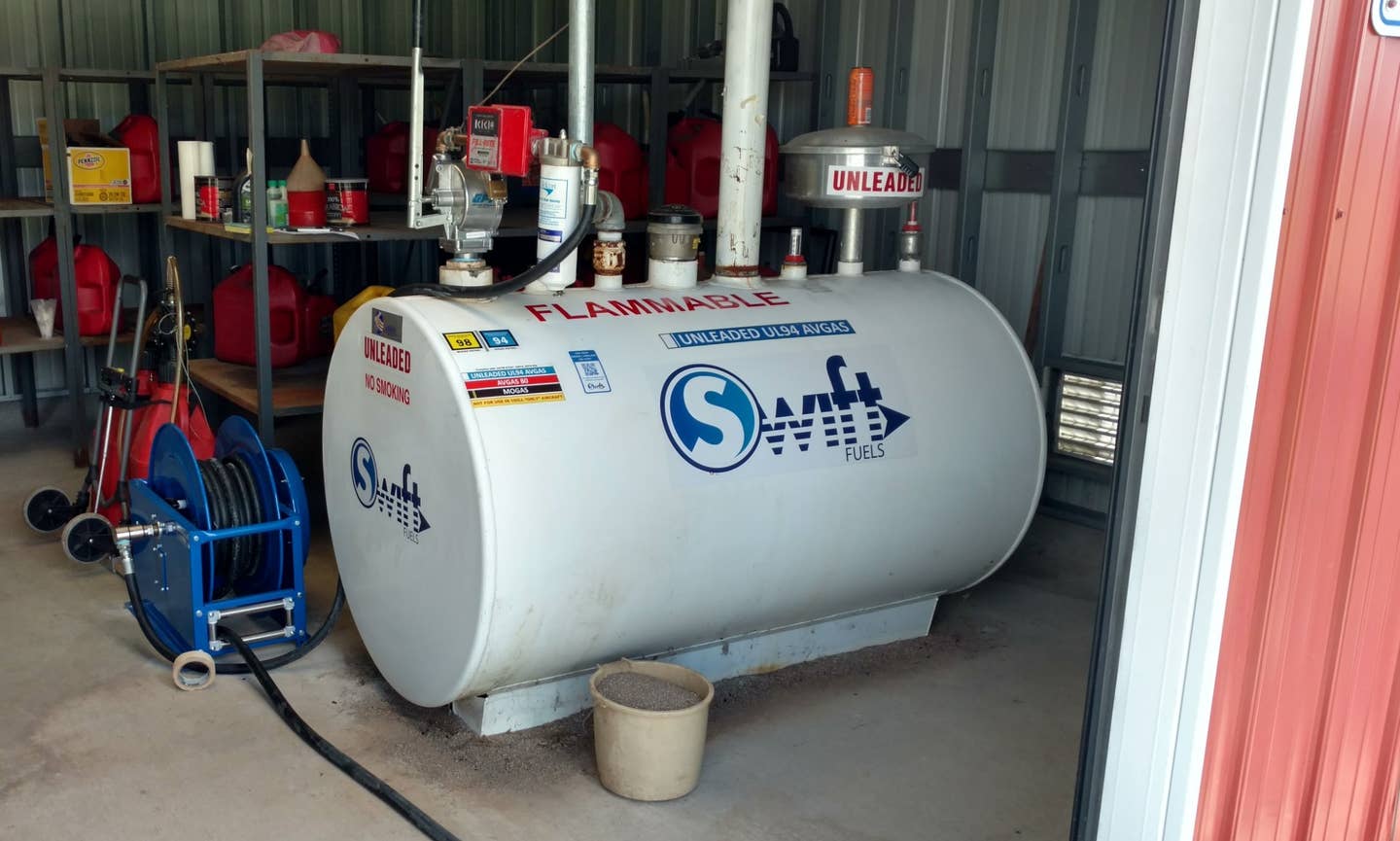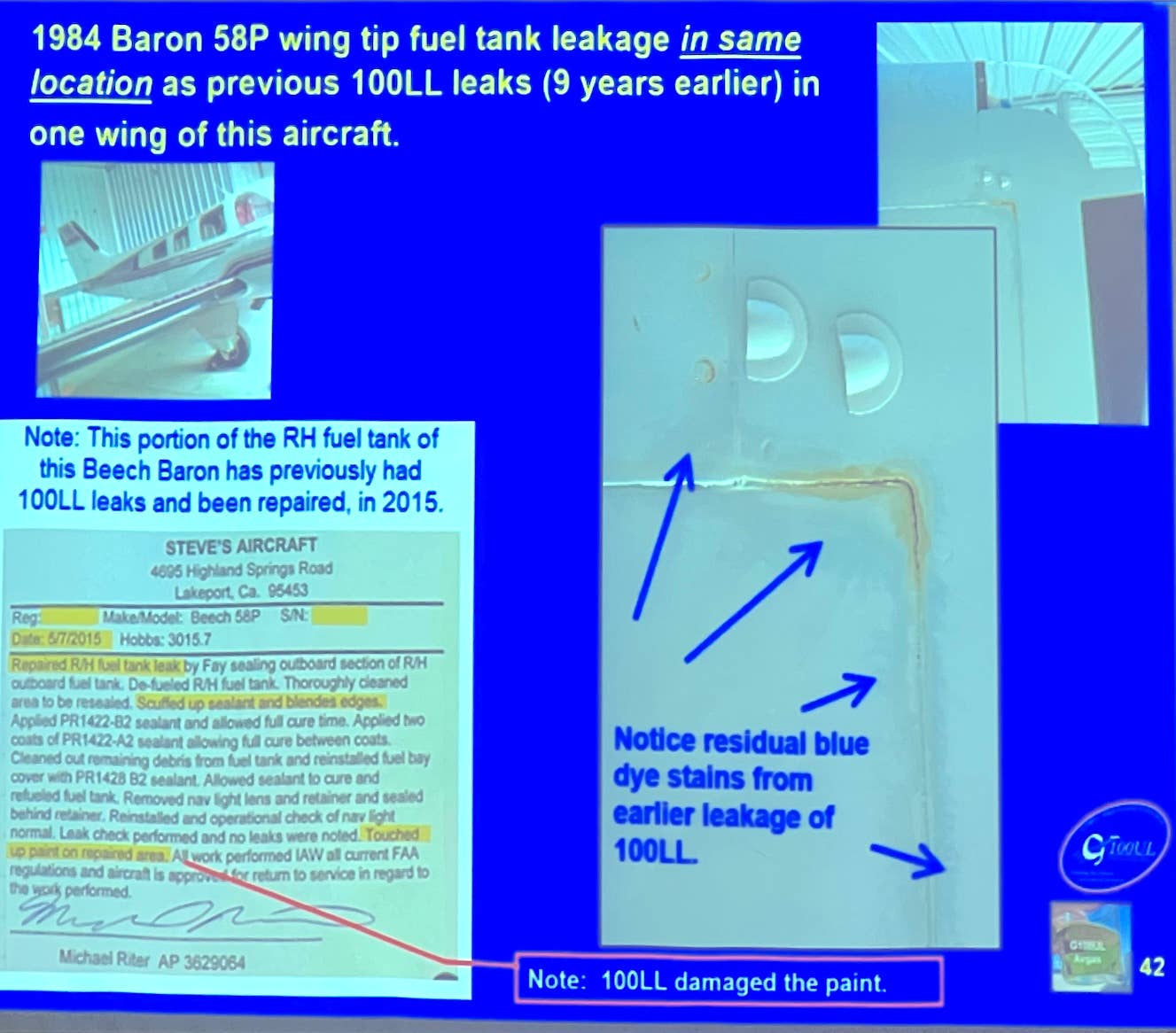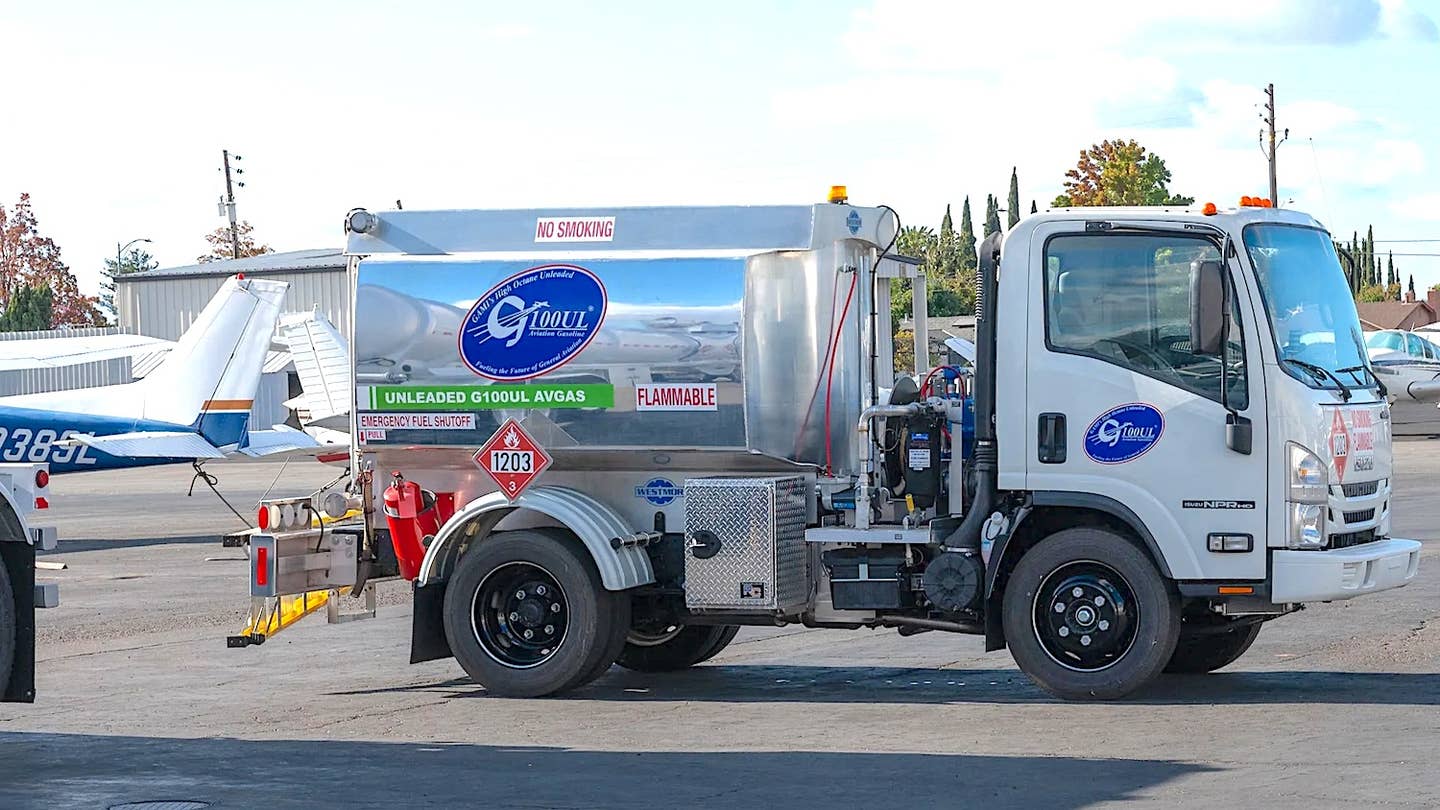Telex Airman 850
You’ve moved on to heavier iron, and now you want to ditch the clunky old headset for one of those fancy, light-as-a-feather headsets you see the pros wear in the movies. Too bad the cockpit is too loud for you to hear anything. Enter the Telex Airman 850, a lightweight headset with the benefits of the latest ANR technology yet requiring no batteries to operate. Jeremy Jankowski puts the newest entry to the market to the test.
There's a variety of obvious reasons why making the jump from piston-twin to regional jet is an exciting transition, but the potential to toss the heavy headgear in favor of a lightweight, non-head-crimping, non-tear-your-ear-off-your-head-when-you-remove-it headset is among the most anticipated. After a few thousand hours, I was looking forward to a peaceful, quiet cockpit, and the opportunity to pack up that clunky and obtrusive set I'd learned to fly with for the occasional smash-and-go or hundred-dollar hamburger with friends.Anyone who flies the Embraer 145 is chuckling right now. That sucker is loud in the front. Really loud. Everyone's theory seems to be that they took the trusty Brazilia cockpit design, glued it to the front of a longer tube, and slapped some jet engines to make it go twice the speed. Whoever thought of this had not considered the increase in wind noise in the front, which is, well, overwhelming.So my dreams of ditching the David Clarks had to be put on hold for a little while longer. I had tried a friend's Telex 750, and although I loved how comfortable it was to wear, I couldn't hear communications very well. And I came home with a headache at the end of the day because of all of the noise. He compensated for this by always wearing a set of earplugs, but that grew equally uncomfortable in short order. At the same time, the conventional headsets tended to be overly adequate, as the cockpit wasn't as loud as, say, a Baron or Seneca cockpit, and didn't need quite as much sound-proofing as they had been engineered to produce.It would be nice if there was something with a bit more capability to reduce noise without acting as a head-vice to accomplish it. The thought had crossed my mind at one point that if there was a way to take a headset as lightweight as the Telex 750, give it the Active Noise Reduction (ANR) capabilities available in many popular "full-size" models, and offer it at a reasonable price, it would perfectly accommodate the niche in the market for people flying equipment that isn't quiet or loud enough to warrant using the headsets built for the most quiet or most loud of cockpits
Ask, And You Shall Receive
I should have applied for a patent sooner, as Telex recently designed a product exactly targeting my segment of consumers. The Telex Airman 850, modeled in many ways after the popular Telex 750 lightweight -- which they claim is the world's best-selling lightweight headset -- adds ANR capabilities to the base model while keeping the weight within an ounce of the original. It has also recently received full TSO certification from the FAA, making it available to pilots of any type of equipment throughout the aviation industry.Most aviators nowadays are familiar with the ANR concept: A sounds signal 180 degrees out of phase with the cockpit noise is sent to the earphone, significantly reducing the footprint of the background noise we all grapple with as pilots. A lot of the most popular headset designs for piston aircraft have incorporated it, but application to the jet market has been slow in coming. A 767 pilot doesn't need it, and a Dash-8 is too loud for a lightweight headset -- ANR or not. With the recent proliferation of smaller corporate and regional jet aircraft that fit somewhere in between, it was only a matter of time before someone thought to design a product catered to that type of flying.When UPS showed up with the demonstration unit, I was somewhat surprised at how light the package was. The weight of the packaging and the unit itself combined easily weighed less than the headset I wear now, and once I'd gotten the 850 out of the box, I really gained an appreciation for how compact Telex had made it.To be honest, it doesn't look like much. The ear cups are only slightly larger than the 750's, if at all, and wearing it places no more tension on the ears or head than its predecessor. There's no battery box to fiddle with, since the headset's ANR capability is powered from the microphone bias on the aircraft, and all of the other setting switches are on one of the earpieces. Since there's no concern for batteries to go dead, you really don't need to fiddle with the switches, anyhow: One turns the ANR function on or off, and you might as well leave it on all the time. The other adjusts the gain on the earphones, in case your intercom system happens to put out a weak signal. Beyond that, it's as "plug-and-play" as just about any piece of electronics can be.
Can You Hear Me?
As it happened, the headset arrived just in time, because my usual set had broken a few days prior without warning and was on its way to the shop. Our first day was a round-trip to Boston, which I thought would be a good first test for the 850's comfort level and sound reduction capabilities, because the four hours spent aloft would give ample time to evaluate the cumulative effects of any shortcomings.One of the concerns about the 850 that had been expressed about the practical use in our aircraft is the requirement for the unit to be powered from the microphone bias. Our intercom system does not have any sort of squelch control, so if neither pilot is in a particularly talkative mood, it's common practice to shut off the microphone altogether. The few people who had heard anything about the 850 were convinced that doing this would also then shut off the ANR capability of the headset. Alternatively, leaving the microphone on and exposing the other pilot to the dead hiss from your own mic might very well drive him or her mad.As it turns out, this is not the case. The microphone bias is still powered in the Embraer even while the microphone is turned off, and I was delighted to discover that I could maintain my silence without canceling out the advantages of the ANR portion of the headset.The difference in volume between the two gain settings on the earphones is quite remarkable, and I elected to set it to the lower of the two settings for our aircraft. The buzzers and whistles that are always going off in such an automated cockpit (and are also piped into our headphones) can only be controlled with a gain/volume control on the headphones. The louder of the two settings is really loud, and I'm convinced you'd need to be nearly deaf or have a very weak intercom to require its use. The buzzers were more tolerable at the lower setting, and I just adjusted the intercom volume on the radio panel as needed.The ANR capability is good, though it did not seem quite as powerful as the Bose equivalent, in my opinion. The brochure says it averages a 12 dB reduction, and it did seem well-tuned to the frequency range that is most bothersome in the jet cockpit. However, I found I had to place the earphones perfectly over my ears to gain the benefit of the ANR, and if I adjusted the cup slightly off center, the cockpit noise increased dramatically. This was sometimes a problem, as I began to realize how often I typically adjust the headset I'm wearing in order to shift pressure points occasionally to reduce fatigue. Also, the headset's light weight made it easy for something to get caught on the cable and pull it slightly off center, making cockpit communications suddenly difficult to hear. There is a cable clip that comes with the headset, which I started tacking to my shirt, but the clip is not attached very well and under rugged use I fear it might become misplaced.That said, the unit sound was very clear throughout all speed ranges and altitudes, and communication (outside of the adjustment issues) was never a problem. Turning off the ANR momentarily made it very obvious what protection I had gained: Without it, the radios had to be turned up so loud that it was almost painful to listen to.
The Bottom Line
Being so light, it was easy to forget that I was wearing the headset at times. Make no mistake: The 850 lives up to the expectations to be as comfortable and unobtrusive as the 750. At the end of the day, it was very nice to not have the feeling that my head had been in extra-large vice grips for the duration of my time spent in the air. This headset gets an undeniable "10" for wearing comfort.However, the increase in noise -- as compared to the David Clark H10-13.4 I'd grown accustomed to -- had taken some toll as well. While the 850 is leagues ahead of any other lightweight headset in its comfort-to-noise ratio, in my opinion it still couldn't compete with even the passive reduction available in a full-sized headset. This is definitely not a headset to be used in a piston-aircraft environment, and it comes up a draw in the noisy cockpit of the ERJ. In many, slightly quieter, jet aircraft cockpits, such as the Hawker, Beechjet, or CRJ, the 850 starts to become a winner in the overall comfort contest.If you're using a lightweight headset now, but would like to tone down the intensity of the background noise in the cockpit, the Telex 850 is a definitely leagues ahead. I've no doubt that you will be satisfied with this product coming from a competing headset of its size and weight. If you're used to the full-sized headset, you'll need to decide for yourself whether noise or weight is more burdensome in the environment you fly. With a street price as low as $400, it is competitive with the majority of ANR headsets out there, and well worth taking into consideration There are a variety of Telex dealers who provide full money-back, no-questions-asked guarantees, so there really is nothing to lose by putting the unit to the test yourself. I'd say chances are pretty good you'll become a believer.
You can find Telex 850 headsets sold by many pilot supply shops, including Marv Golden.






